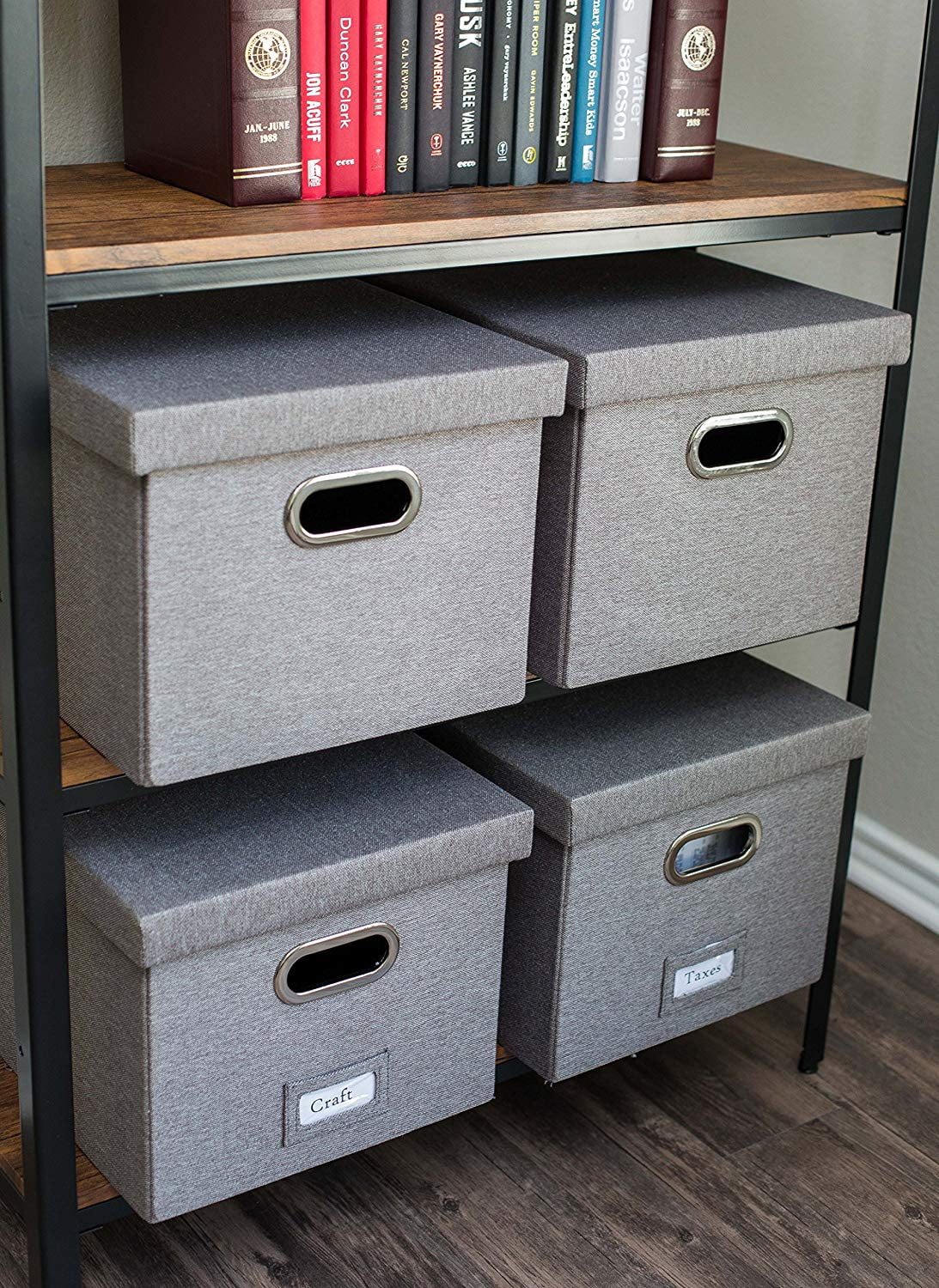
Thanks to the epic efforts of Jim Brain and others, this ROM is now archived on Project 64 Reloaded.

I never owned one, but it seems it was more of a curiosity than a useful product.įrom a nerdy point of view, however, this device was rather clever in that it packed a whole plotter command language, including a usable font, into 2048 bytes of ROM. – This file was derived from Cbm1520-2.jpg:, Public Domain, It looked like this: Commodore 1520 printer plotter — by Oguenther (Dr.Guenther). The Commodore 1520 was a tiny pen plotter sold for the Commodore 64 home computer. I had the great pleasure of meeting Josh at XOXO 2016, too. Update, September 2016: this font was officially squee‘d over by Josh “cortex†Millard on the Metafilter Podcast #120: Hard Out There For A Nerd. Please note that the font will cause your device to follow the tool path of each letter twice.ĭownload: FifteenTwenty-master.zip FifteenTwenty-UltraLight.zip (or more options …) Published 0įor the impatient: download FifteenTwenty-master.zip FifteenTwenty-Regular-OTF.zip (or more options …) This font is almost invisible on screen or on a regular printer, so I don’t recommend installing it unless you have specific CNC/plotting needs. Here’s the hairline font plotted with a 0.7 mm pen to illustrate what I mean: If you have a device with a defined tool width, it’s better to let the tool make the width of the mark/cut. Single-line (or stroke) fonts used to be possible in PostScript — the version of Courier shipped with early Apple LaserWriter printers was composed of strokes, rather than filled paths — but have fallen out of favour. This is a slight misuse of the OpenType format, but if you’re plotting/CNCing/laser cutting, the filled paths of standard fonts don’t work so well. Jones’s punched card index is all about punched cards.įollowing on from FifteenTwenty, I made a hairline/single stroke version of the font especially for CNC use. The site’s owner is part of the IBM 1401 Demo Lab and Restoration Project.
#File storage box code
#File storage box manual
A picture of this plate from a field engineering manual was used to re-create the pin matrices, and thus an outline font. The 029 (as it is sometimes known) generated a bitmap font from an engraved metal plate pressing on a matrix of pins. Top of punched cards by the IBM Type 29 Card Punch (1965).

A fairly accurate rendition of the 5Ã-7 dot matrix font printed at the


 0 kommentar(er)
0 kommentar(er)
